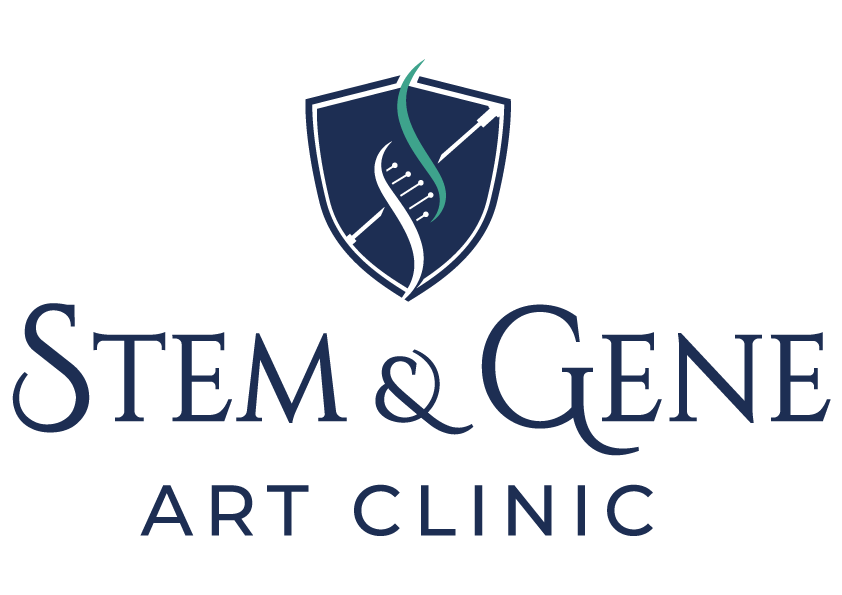Hearing the words “low egg reserve” can be overwhelming—especially when your heart is set on becoming a mum. Many women fear that diminished ovarian reserve (DOR) automatically means the end of their fertility journey. But while a low egg reserve presents challenges, it does not mean motherhood is out of reach. Thanks to advances in reproductive medicine, there are now more options than ever for women with low AMH levels or fewer antral follicles. From personalized IVF protocols to donor egg programs and fertility preservation techniques, modern fertility care is evolving. In this blog, we’ll explore what low egg reserve truly means, what causes it, and—most importantly—what realistic and hopeful paths exist for women who still dream of holding their baby one day.
Age, AMH, and Egg Quality: How They’re Connected
When it comes to female fertility, age, AMH levels, and egg quality are deeply interconnected—and understanding how they influence each other is key to making informed decisions. As a woman ages, her ovarian reserve naturally declines, both in quantity and quality. This decline often begins in the early 30s and becomes more pronounced after 35. Anti-Müllerian Hormone (AMH) is a hormone produced by the small follicles in the ovaries and serves as a marker of how many eggs remain. While AMH doesn’t directly measure egg quality, it provides insight into ovarian response to stimulation during treatments like IVF. Egg quality, on the other hand, refers to how likely an egg is to result in a healthy embryo—something that tends to diminish with age due to genetic abnormalities that become more frequent over time. In simple terms: lower AMH often indicates a lower egg count, and age is the main factor affecting whether those eggs are genetically viable. However, it’s important to note that every woman is different—some younger women may have low AMH, while some in their late 30s may still produce high-quality eggs. With the right fertility support, age and AMH don’t have to define your journey, but they are important pieces of the puzzle that help guide the next best steps.
IVF and Other Fertility Treatments for Low Egg Reserve
For women with low egg reserve, IVF (Fekondimi In Vitro) is often the most effective and recommended fertility treatment—but it’s far from the only option. IVF protocols can be customized for low responders, using higher doses of stimulation medication or mild stimulation protocols to retrieve even a small number of high-quality eggs. Some clinics also utilize adjuvant therapies such as DHEA or CoQ10 supplements to support egg quality before treatment begins. If a woman’s own egg reserve is too limited to achieve pregnancy, egg donation becomes a powerful alternative, offering high success rates and a chance to carry and give birth to a baby. In other cases, natural cycle IVF—which uses the body’s single naturally selected egg each month—can be considered for women who want minimal medication or have very few follicles. Additionally, fertility preservation methods like egg freezing at a younger age can give women more flexibility if they’re not ready to conceive immediately. Though low egg reserve presents obstacles, personalized care plans, modern technology, and early intervention can open the door to parenthood for many women who once feared it was no longer possible.


